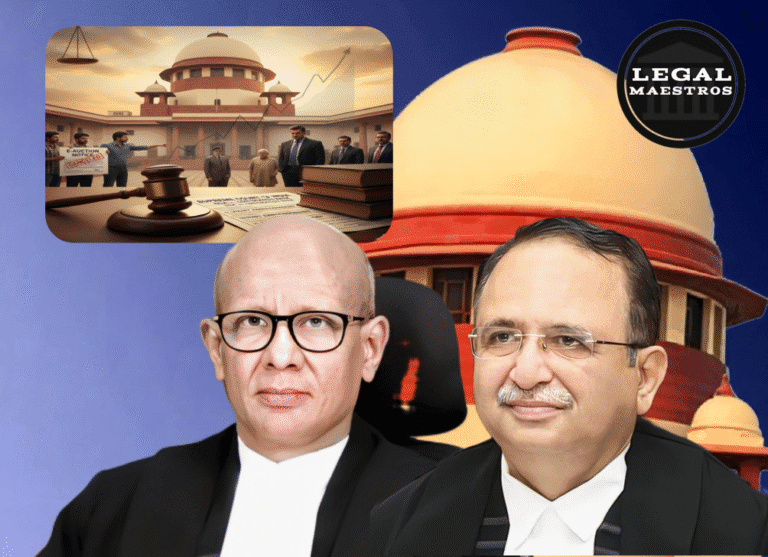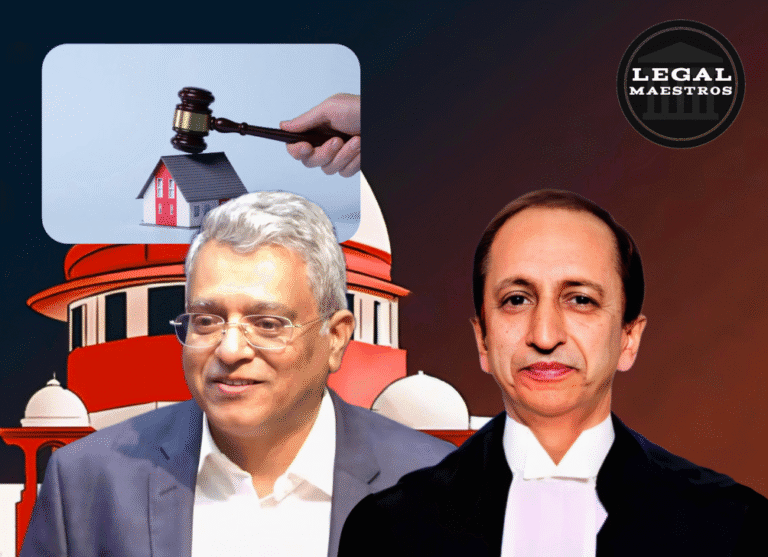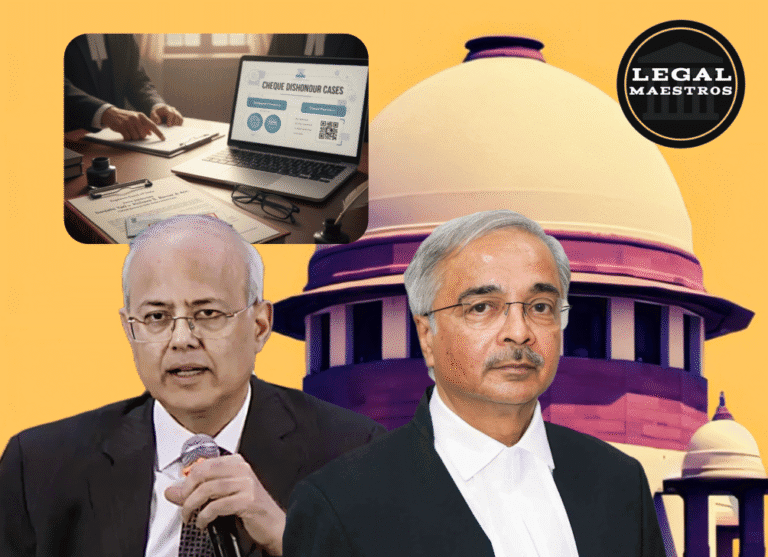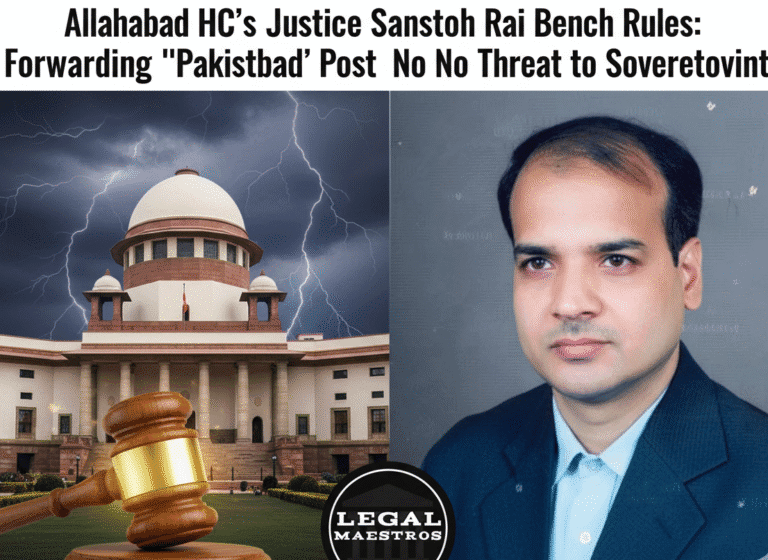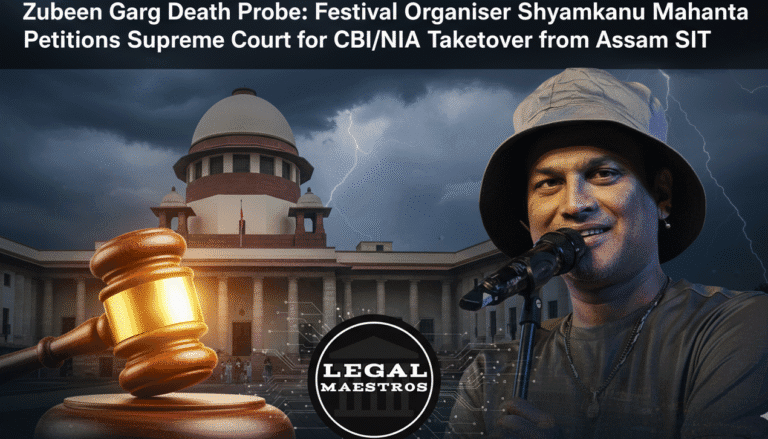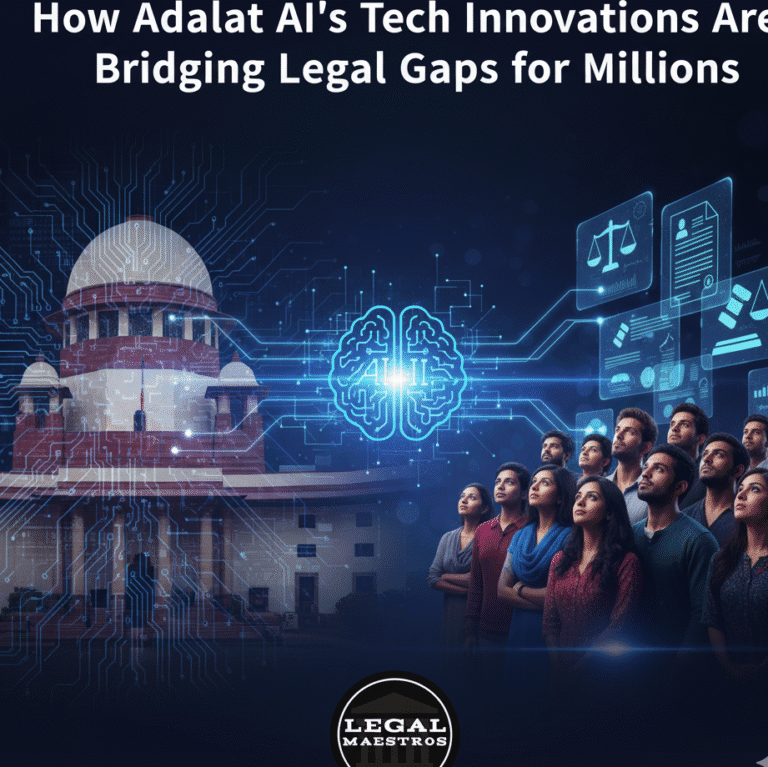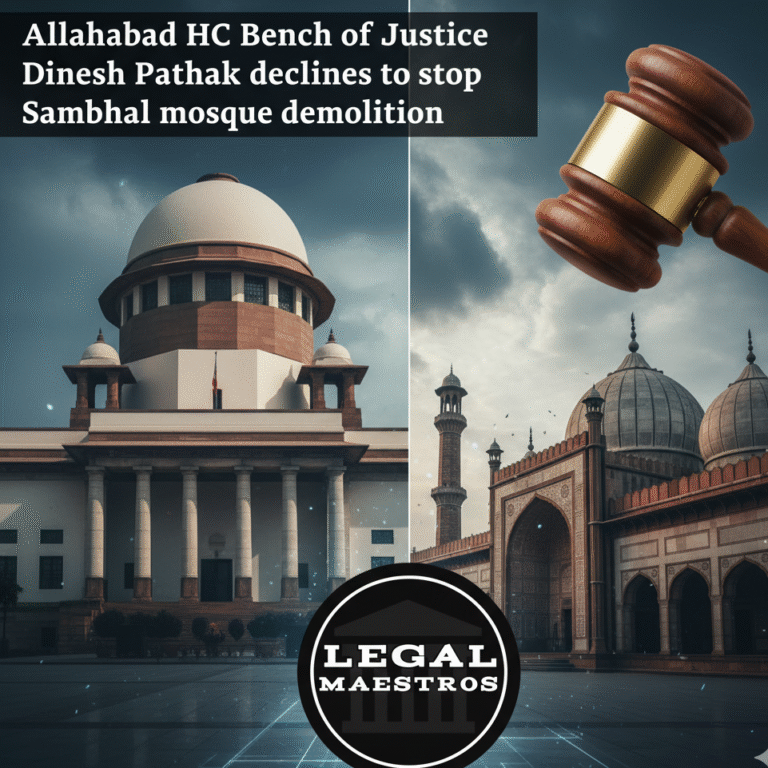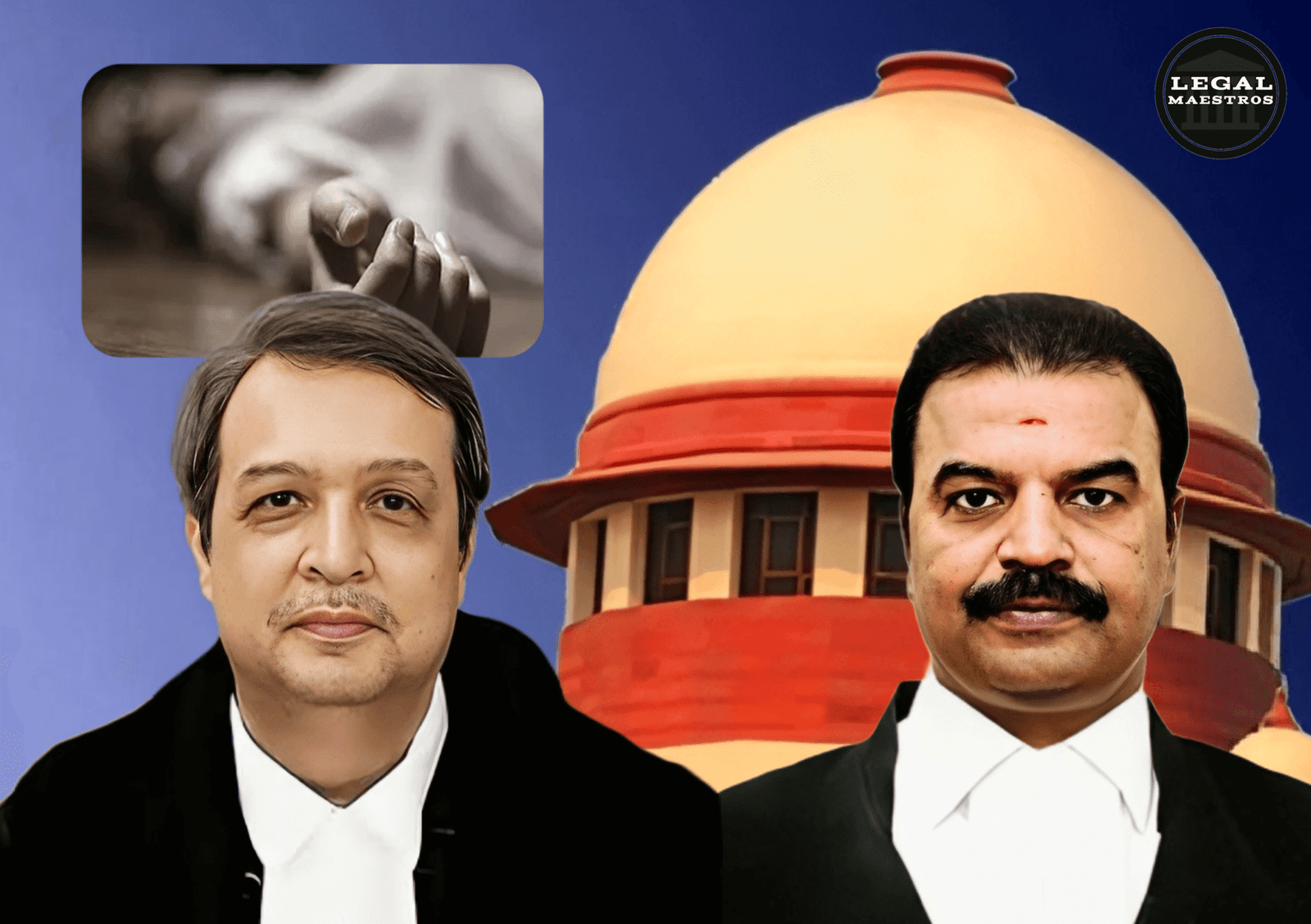
The Tarr Facts The Facts of the Case
The murder which was a case of State of Karnataka vs Sri Darshan was a gruesome murder. A man named Renukaswamy had sent obscene messages to an actress called Pavitra Gowda (A1), on Instagram, and when he was found dead on the roadside in Bengaluru on June 9, 2024, it was claimed that this was as a result of him being upset because of the kind of messages that he had sent her. This infuriated A1, who reportedly planned with a number of other people to trace, kidnap and kill the victim, who was a prominent person (A2) himself.
It is seen that executing this plan, A1 led to contacting the deceased via Instagram where a phone number was obtained. The conspirators could only obtain this information of where he was going through deceptive means and learn that he was in Chitradurga. The deceased was kidnapped and forcefully sent to a shed in Bengaluru on 8th June 2024. He was taken there, where he was brutally tortured by various alleged suspects with the use of sticks, an electric shock torch, and nylon rope. It is the allegation made against the accused, one of whom is Darshan (A2), that they punched and kicked the deceased such that he sustained serious injuries leading to his demise. 39 injuries were identified and 17 broken ribs were observed in the postmortem report. It was found later that the body was shifted and thrown in a place close to a drain to obliterate the evidence.
And after the arrest of the accused and following that, the High Court of Karnataka granted Darshan and other accused respondents bail on December 13, 2024. The State of Karnataka subsequently challenged this decision in the Supreme Court of India saying that the order of the High Court was weak.
For any queries or to publish an article or post or advertisement on our platform, do call at +91 6377460764 or email us at contact@legalmaestros.com.
Centric Legal Matters and Clauses
The decision of the Supreme Court was based on the core question revolving around the granting of bail especially when it comes to murder committed due to a serious and pre-meditated crime. Some of the major clauses of the Indian Penal Code (IPC) which were involved in the case were conspiracy (Section 120B), abduction (Sections 362 and 364), murder (Section 302) and destruction of evidence (Section 201).
One of the focal areas of law in this appeal was the comparison between annulment and cancellation of bail. The Supreme Court elucidated that in cancellation of bail, it takes place when an accused abuses his liberty post release whereas in annulment it takes place when the very bail order is legally incorrect, arbitrary or it disregards critical facts. The court held that because the High Court reached its decision on grant of bail on an improper and arbitrary exercise of the courts’ discretion, this was an annulment case.
The Supreme Court too confronted the High Court’s observation concerning the legal validity of the arrest of the accused, which referred to violating Article 22(1) of the Constitution and Section 50 of the Criminal Procedure Code. Such an idea was rejected by the Supreme Court which said that arrest reasons were made known to the accused and they were represented by the council and no personal harm was caused by the procedural misstep allegedly. It laid stress that procedural lapse alone could not be the basis on which bail has to be granted, particularly in a serious offense such as this.
For any queries or to publish an article or post or advertisement on our platform, do call at +91 6377460764 or email us at contact@legalmaestros.com.
The reasoning behind the Court
The Supreme Court was concerned about the method of the High Court. According to it, the High Court also erred in that it gave a mini-trial during the stage of bail. Rather than passing an initial check, the High Court incurred inappropriate consideration of the credibility of witnesses, the validity of scientific tests such as DNA reports, and commenting on what legal merit the prosecution had in its case. The Supreme Court further clarified that when it comes to deciding whether to give bail or not, a court is not supposed to embark on an in-depth investigation of the relevant evidence but merely examines to satisfy itself that there was a prima facie case to answer.
The other important element was that the High Court did not put into consideration the severity of the crime. The Supreme Court said that the one who committed the crime was not spontaneous but was cold blooded. The murder was preplanned because it was driven by personal grudges. CCTV cameras, phone records, forensic trial results indicating DNA testing results and bloodstains from the deceased on the shoes of the accused were ample evidence that could indicate a strong preliminary case against the respondents. The fact that there were many injuries to the deceased, 39 in total, also indicated that there was a clear motive behind the killing.
The Supreme Court took into account the influence of the accused as well. It emphasized that Darshan as a prominent person, with numerous fans, is a considerable threat when it comes to tampering with witnesses and pieces of evidence. The court indicated that the result of the High Court did not hold the appropriate balance between the personal freedom of the accused and the greater good of society.
For any queries or to publish an article or post or advertisement on our platform, do call at +91 6377460764 or email us at contact@legalmaestros.com.
The Supreme Court in a strong worded judgment declared that the order of the High Court was perverse and legally unsustainable as it overlooked material evidence before it as well as not putting up its mind on the principles well enshrined by the shoulders of jurisprudence on bail. It overruled the bail proceedings by giving the reasons that although the time one spends behind bars is an important aspect it dissolves into insignificance when facing a case of this stature. This judgment is a sharp reminder that judicial decision-making should balance the freedom of one person and the safety and justice desired by society cautiously. It again confirms that bail is not a right in major crimes and must not be awarded without any relevant facts and evidence being brought into court and considered and decided in a proper and judicious manner.

